
Daniel Defoe was an English novelist, journalist, merchant, pamphleteer and spy. He is most famous for his novel Robinson Crusoe, published in 1719, which is claimed to be second only to the Bible in its number of translations. He has been seen as one of the earliest proponents of the English novel, and helped to popularise the form in Britain with others such as Aphra Behn and Samuel Richardson. Defoe wrote many political tracts, was often in trouble with the authorities, and spent a period in prison. Intellectuals and political leaders paid attention to his fresh ideas and sometimes consulted him.
Events from the year 1714 in literature.
Sarah Fielding was an English author and sister of the novelist Henry Fielding. She wrote The Governess, or The Little Female Academy (1749), thought to be the first novel in English aimed expressly at children. Earlier she had success with her novel The Adventures of David Simple (1744).
Charles Gildon, was an English hack writer and translator. He produced biographies, essays, plays, poetry, fictional letters, fables, short stories, and criticism. He is remembered best as a target of Alexander Pope in Pope's Dunciad and his Epistle to Dr. Arbuthnot and as an enemy of Jonathan Swift. Due to Pope's caricature of Gildon as well as the volume and rapidity of his writings, Gildon has become the epitome of the hired pen and literary opportunist.

Elizabeth Hamilton was a Scottish essayist, poet, satirist and novelist, who in both her prose and fiction entered into the French-revolutionary era controversy in Britain over the education and rights of women.

William Cowper, 1st Earl Cowper, was an English politician who became the first Lord High Chancellor of Great Britain. Cowper was the son of Sir William Cowper, 2nd Baronet, of Ratling Court, Kent, a Whig member of parliament of some mark in the two last Stuart reigns.

Love in Excess (1719–1720) is Eliza Haywood's best known novel. It details the amorous escapades of Count D'Elmont, a rake who becomes reformed over the course of the novel. Love in Excess was a huge bestseller in its time, going through multiple reissues in the four years following its initial publication. It was once compared in terms of book sales with Gulliver's Travels and Robinson Crusoe. This information was later shown to be incorrect; the novel selling only about 6000 copies over 23 years.

Delarivier "Delia" Manley was an English author, playwright, and political pamphleteer. Manley is sometimes referred to, with Aphra Behn and Eliza Haywood, as one of "the fair triumvirate of wit", which is a later attribution.
Venus in the Cloister or The Nun in her Smock, known in the original French as Vénus dans le cloître, ou la Religieuse en chemise (1683), is a work of erotic fiction by the Abbé du Prat, which is a pseudonym for an unknown author. Candidates for whom this might be include Jean Barrin and François de Chavigny de La Bretonnière.
Jane Barker (1652–1732) was a popular English fiction writer, poet, and a staunch Jacobite. She went into self-imposed exile when James II fled England during the Glorious Revolution in 1688. Her novels, The Amours of Bosvil and Galesia, also published as Love Intrigues (1713), Exilius or The Banish'd Roman (1715), A Patchwork Screen for the Ladies (1723), and The Lining of the Patchwork Screen for the Ladies (1726) were written after she returned to London in 1704. Prior to and during her exile, she wrote a collection of poems justifying the value of feminine education and female single life, "Poetical Recreations" (1688), and a group of political poems, "A Collection of Poems Referring to the Times" (1701), which conveyed her anxiety about the political future of England.
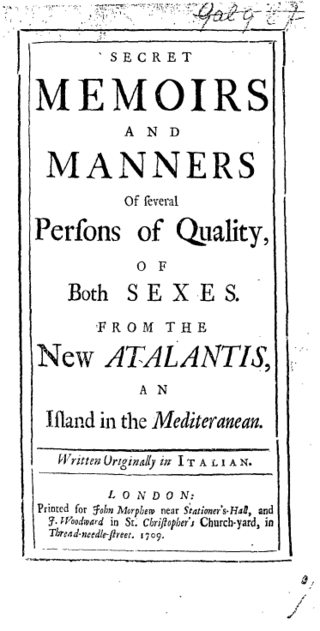
The New Atalantis was an influential political satire by Delarivier Manley published at the start of the 18th century. In it a parallel is drawn between exploitation of females and political deception of the public.
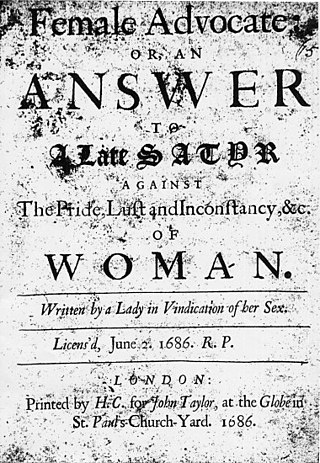
Sarah Fyge Egerton (1668–1723) was an English poet who wrote in the late seventeenth and early eighteenth centuries. In her works The Female Advocate and Poems on Several Occasions, Egerton wrote about gender, friendship, marriage, religion, education, politics, and other topics. She is chiefly known as the spirited teen who responded in defense of women to Robert Gould's misogynist satire.
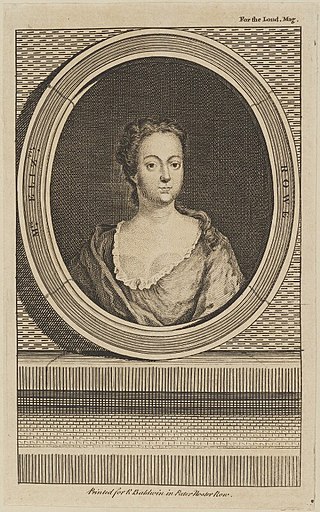
Elizabeth Singer Rowe was an English poet, essayist and fiction writer called "the ornament of her sex and age" and the "Heavenly Singer". She was among 18th-century England's most widely read authors. She wrote mainly religious poetry, but her best-known work, Friendship in Death (1728), is a Jansenist miscellany of imaginary letters from the dead to the living. Despite a posthumous reputation as a pious, bereaved recluse, Rowe corresponded widely and was involved in local concerns at Frome in her native Somerset. She remained popular into the 19th century on both sides of the Atlantic and in translation. Though little read today, scholars have called her stylistically and thematically radical for her time.
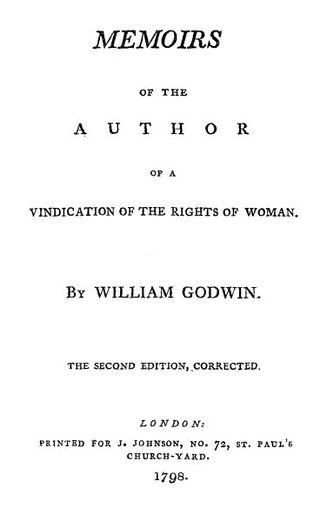
Memoirs of the Author of A Vindication of the Rights of Woman (1798) is William Godwin's biography of his late wife Mary Wollstonecraft. Rarely published in the nineteenth century and sparingly even today, Memoirs is most often viewed as a source for information on Wollstonecraft. However, with the rise of interest in biography and autobiography as important genres in and of themselves, scholars are increasingly studying it for its own sake.
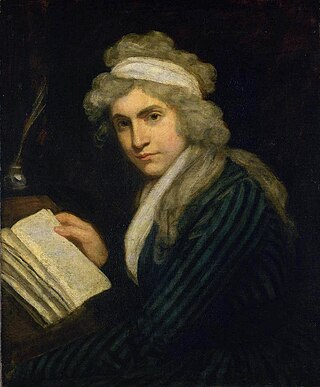
The lifetime of British writer, philosopher, and feminist Mary Wollstonecraft (1759–1797) encompassed most of the second half of the eighteenth century, a time of great political and social upheaval throughout Europe and America: political reform movements in Britain gained strength, the American colonists successfully rebelled, and the French Revolution erupted. Wollstonecraft experienced only the headiest of these days, not living to see the end of the democratic revolution when Napoleon crowned himself emperor. Although Britain was still revelling in its mid-century imperial conquests and its triumph in the Seven Years' War, it was the French revolution that defined Wollstonecraft's generation. As poet Robert Southey later wrote: "few persons but those who have lived in it can conceive or comprehend what the memory of the French Revolution was, nor what a visionary world seemed to open upon those who were just entering it. Old things seemed passing away, and nothing was dreamt of but the regeneration of the human race."

A novel is an extended work of narrative fiction usually written in prose and published as a book. The English word to describe such a work derives from the Italian: novella for "new", "news", or "short story ", itself from the Latin: novella, a singular noun use of the neuter plural of novellus, diminutive of novus, meaning "new". According to Margaret Doody, the novel has "a continuous and comprehensive history of about two thousand years", with its origins in the Ancient Greek and Roman novel, Medieval Chivalric romance, and in the tradition of the Italian Renaissance novella. The ancient romance form was revived by Romanticism, in the historical romances of Walter Scott and the Gothic novel. Some novelists, including Nathaniel Hawthorne, Herman Melville, Ann Radcliffe, and John Cowper Powys, preferred the term "romance". M. H. Abrams and Walter Scott have argued that a novel is a fiction narrative that displays a realistic depiction of the state of a society, while the romance encompasses any fictitious narrative that emphasizes marvellous or uncommon incidents. Works of fiction that include marvellous or uncommon incidents are also novels, including Mary Shelley's Frankenstein, J. R. R. Tolkien's The Lord of the Rings, and Harper Lee's To Kill a Mockingbird. Such "romances" should not be confused with the genre fiction romance novel, which focuses on romantic love.
John Morphew was an English publisher. He was associated with significant literary and political publications of the early 18th century. At one point publishing for both Whig and Tory factions, he later became identified with the Tories.
Edward Kimber (1719–1769) was an English novelist, journalist and compiler of reference works.

Sir Thomas Skipwith, 2nd Baronet was a Member of Parliament, and theatrical manager in London in the late 17th and early 18th century.
Rosalind Ballaster is a scholar of 18th-century literature and a specialist in Georgian theatre. A Professor at Mansfield College, Oxford, she is a winner of the British Academy's Rose Mary Crawshay Prize for 2006.












